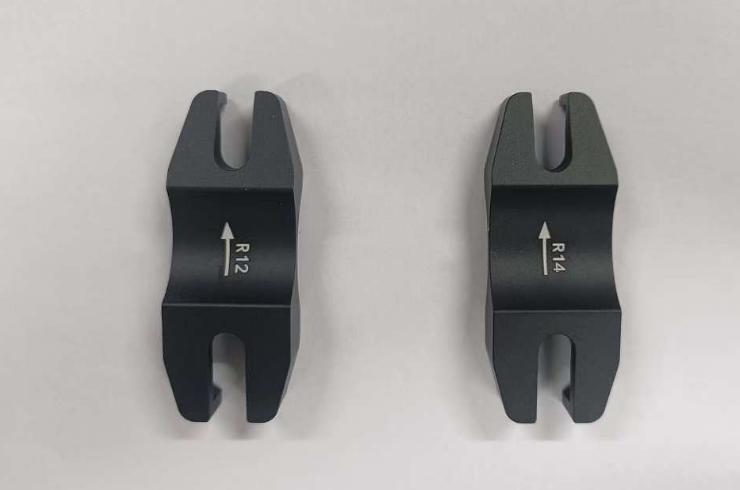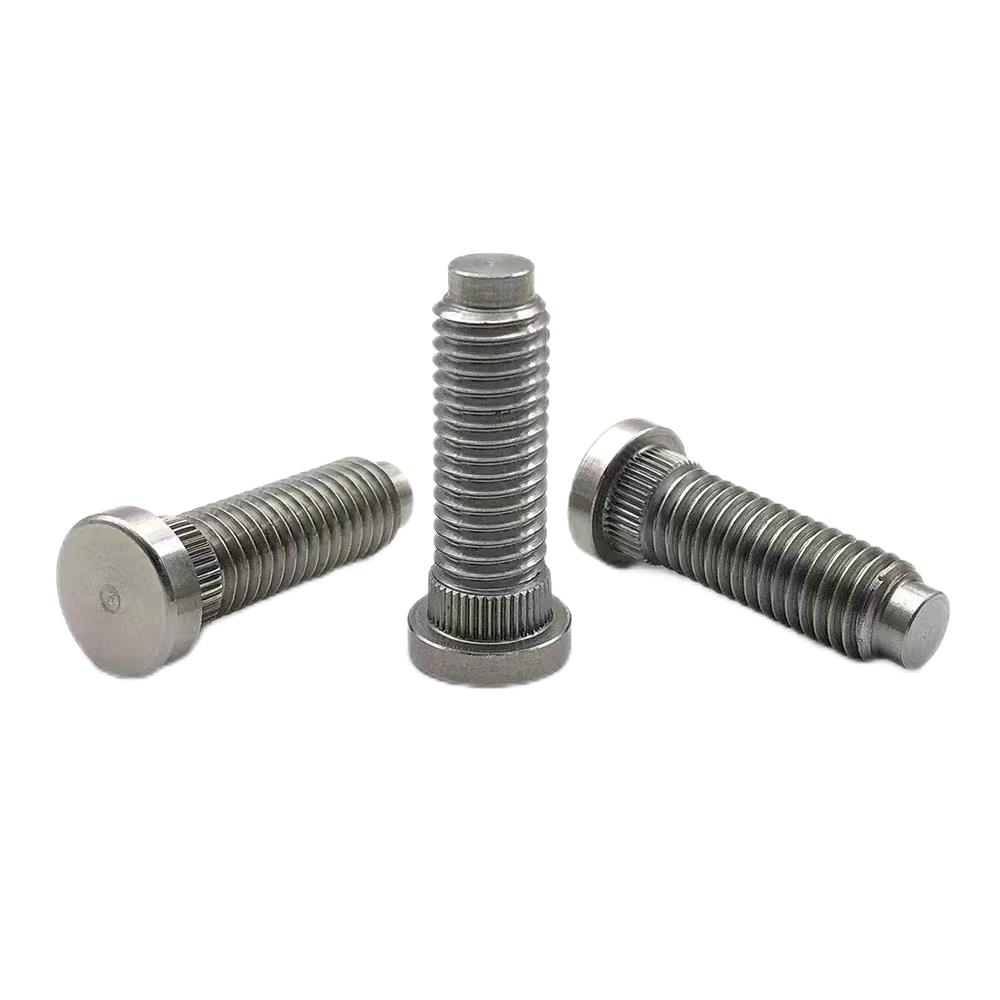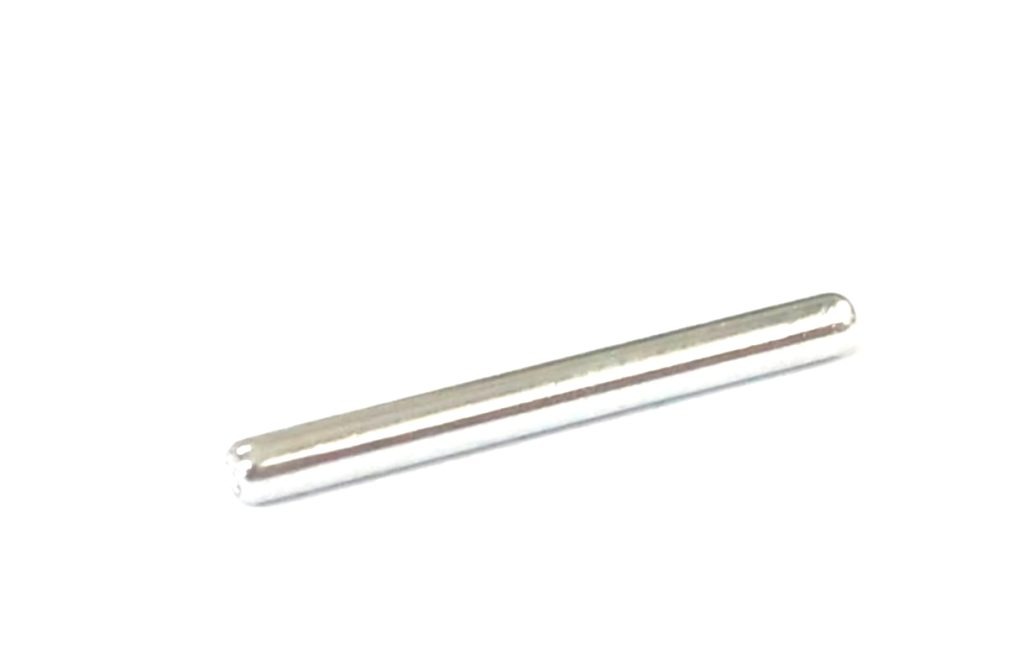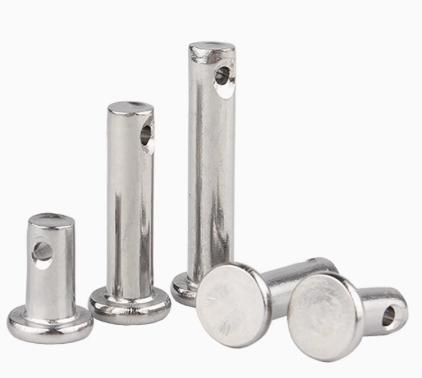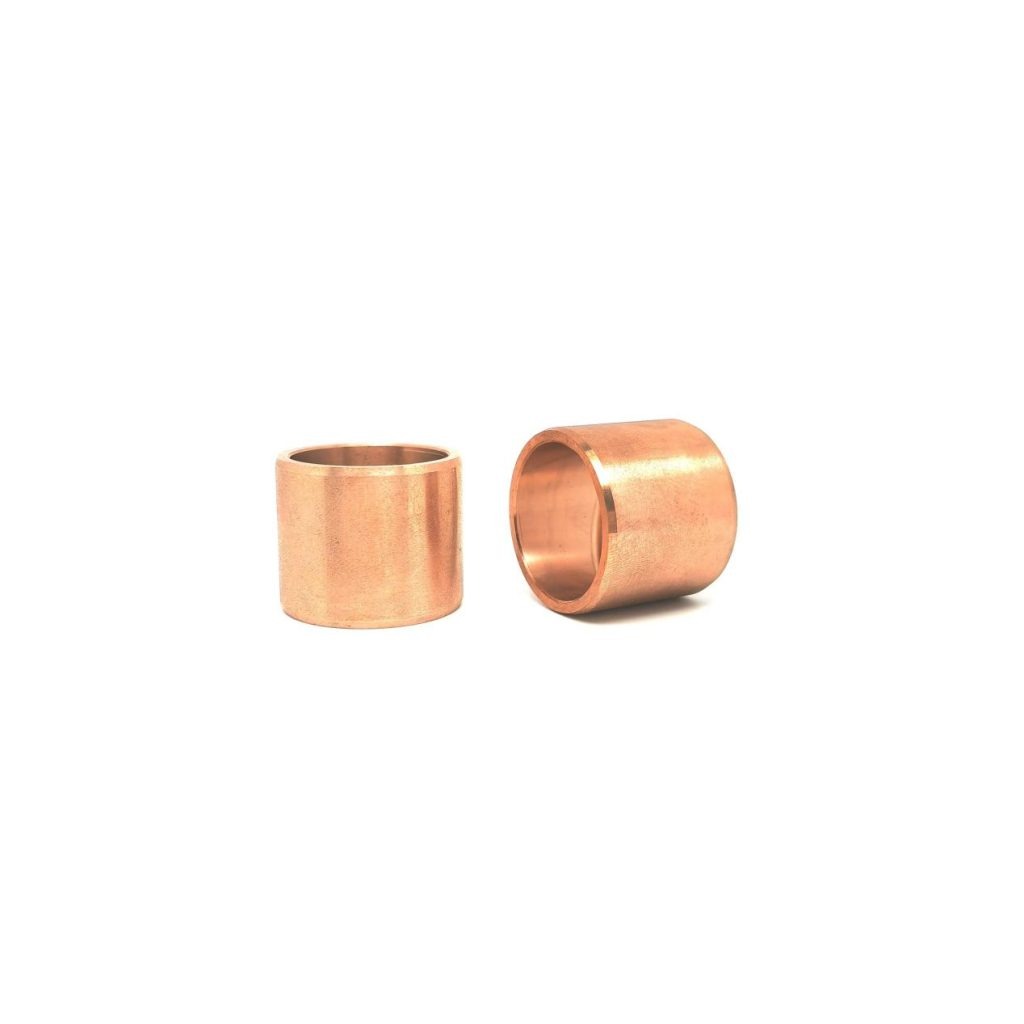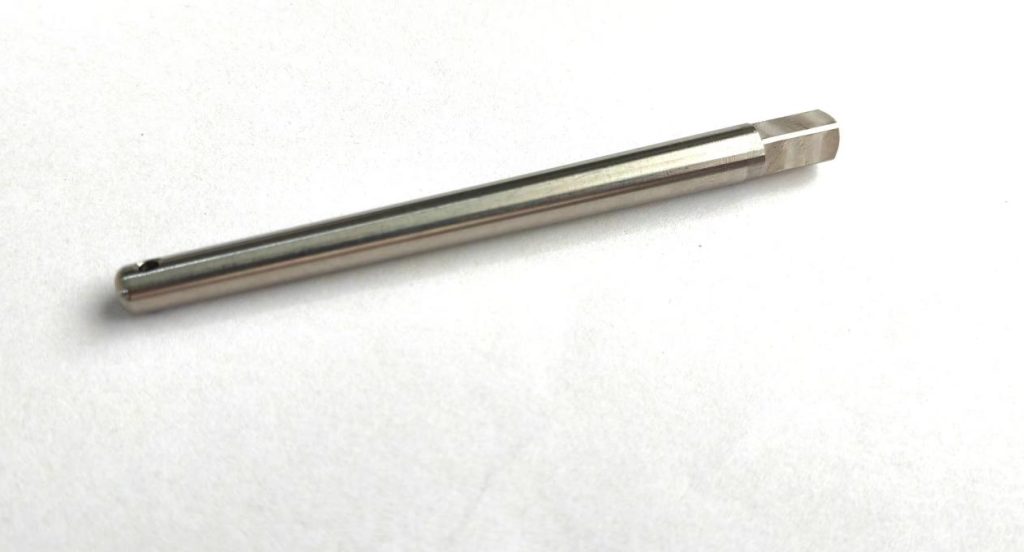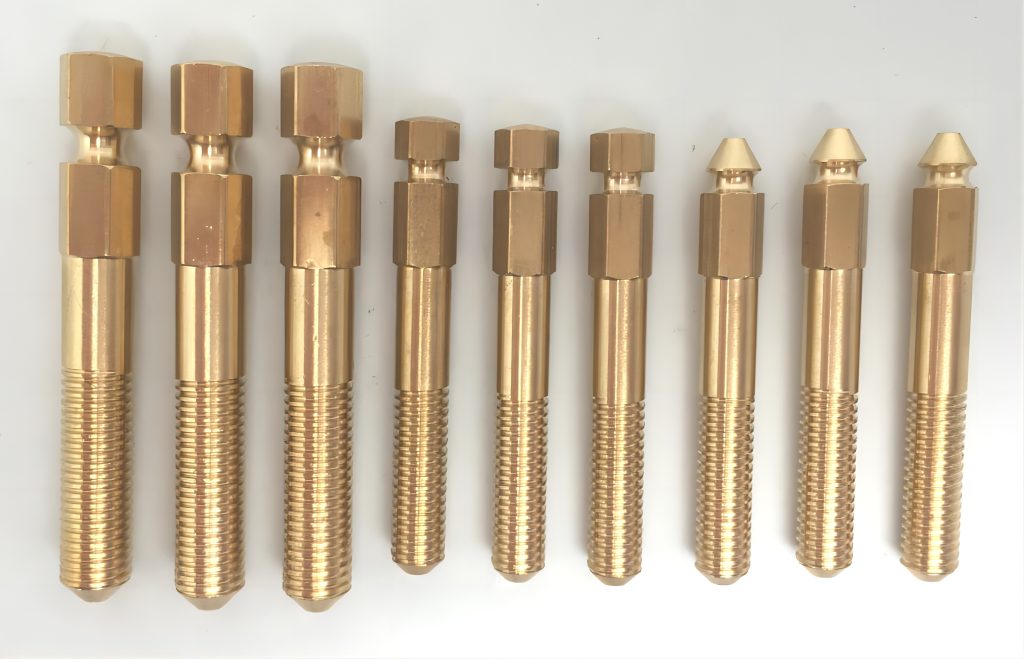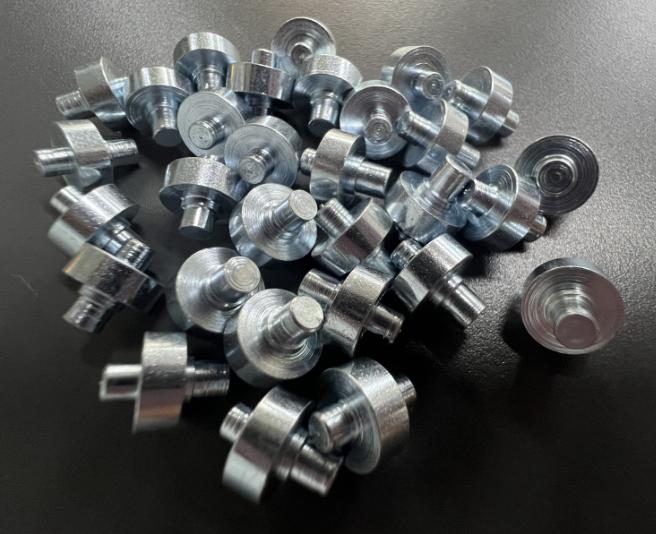CNC Machining: Latest Technological Breakthroughs
CNC machining, short for Computer Numerical Control machining, has become a cornerstone of modern manufacturing. It utilizes computer software to control machine tools, guiding them through precise movements to shape workpieces according to predetermined specifications. This technology offers significant advantages over traditional machining methods, including:
- High precision: CNC machining ensures consistent and repeatable accuracy, eliminating human error and guaranteeing identical parts across production runs.
- Enhanced efficiency: Automated processes and optimized toolpaths lead to faster production times and reduced labor costs compared to manual machining.
- Greater flexibility: CNC machining can handle a wide range of materials and complex geometries, making it suitable for diverse manufacturing applications.
Recent advancements in CNC machining technology have further propelled its capabilities, driving significant breakthroughs in several key areas. These advancements are transforming the manufacturing landscape, fostering automation, intelligence, and the adoption of new materials.
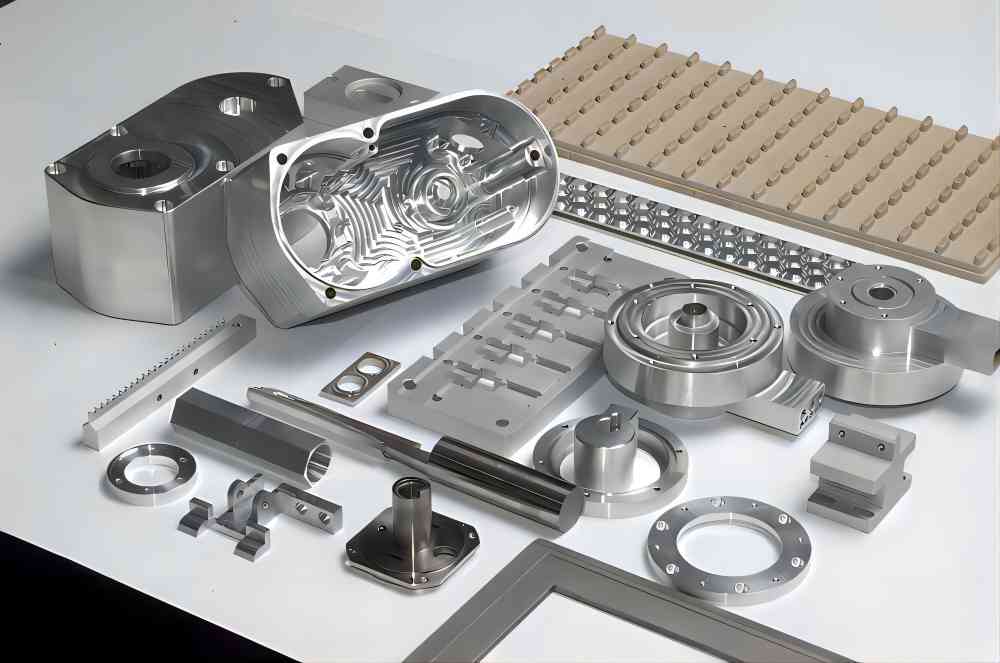
The Latest Breakthroughs in CNC Machining Technology
A. Automation Advancements
One of the most impactful breakthroughs in CNC machining is the rise of automation. This encompasses various technologies that minimize human intervention in the machining process, leading to increased efficiency and consistency. Here are some key examples:
- Automated Tool Change Systems (ATCS): ATCS allows CNC machines to automatically swap between different cutting tools during a machining operation. This eliminates the need for manual tool changes, reducing production downtime and improving overall throughput.
- Automated Fixturing Systems: These systems utilize robotic arms or pneumatic clamps to securely hold workpieces in place during machining. They offer faster setup times, improved repeatability, and enhanced safety compared to manual fixturing.
- Robotic Loading Systems: Industrial robots are increasingly integrated with CNC machines to automate the loading and unloading of workpieces. This reduces manual labor requirements, streamlines production flow, and ensures consistent part handling.
The implementation of these automation technologies has significantly improved the efficiency and productivity of CNC machining operations. It allows for continuous production with minimal human intervention, leading to cost savings and a more robust manufacturing environment.
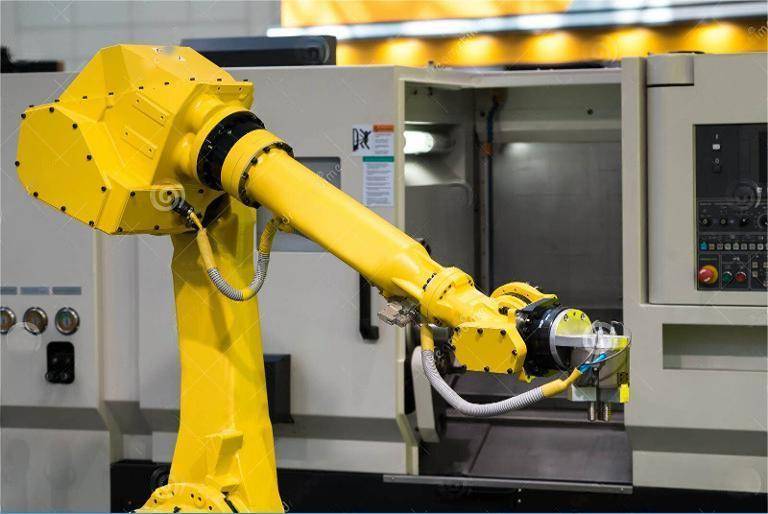
B. Innovative Applications of CNC Technology
The advancements in CNC machining have opened doors for its application in various high-precision and demanding industries. Here are some prominent examples:
- Aerospace Industry: CNC machining plays a crucial role in manufacturing critical aircraft components like engine parts, landing gear assemblies, and lightweight fuselage structures. The high precision and repeatability of CNC machining are essential for ensuring the safety and performance of these components.
- Medical Device Industry: Due to the intricate nature and stringent quality requirements of medical devices, CNC machining is widely used to create implants, surgical instruments, and prosthetics. The ability to achieve micron-level accuracy and work with biocompatible materials makes CNC machining ideal for this sector.
- Emerging Applications: Beyond these established fields, CNC machining is finding its way into other rapidly developing sectors. The automotive industry utilizes CNC machining for engine components, transmission parts, and lightweight chassis structures. Similarly, the electronics industry leverages CNC machining for complex circuit boards and intricate electronic components. The energy sector also benefits from CNC machining for fabricating components for wind turbines, solar power systems, and other renewable energy technologies.
The versatility and adaptability of CNC machining have enabled its integration into a wider range of industries, fostering innovation and pushing the boundaries of design and functionality in various products.
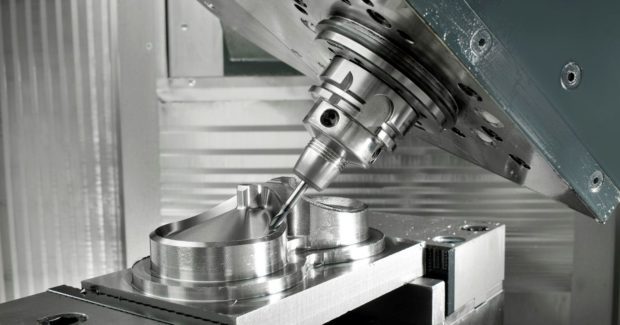
C. Data-Driven Manufacturing with CNC
The rise of the Industrial Internet of Things (IIoT) has paved the way for data-driven manufacturing with CNC machines. Sensors embedded in CNC equipment can collect real-time data on various parameters, such as spindle speed, tool wear, and vibration levels. This data can be analyzed to:
- Optimize machining processes: By identifying inefficiencies in toolpath planning, cutting parameters, and machine operation, data analysis can help optimize the overall machining process for faster production times and reduced material waste.
- Enhance quality control: Real-time monitoring of machining parameters allows for early detection of potential issues that could lead to defective parts. This enables proactive adjustments and ensures consistent product quality.
- Improve predictive maintenance: Data analysis can predict potential equipment failures based on sensor readings and historical data. This allows for preventative maintenance schedules, minimizing downtime, and ensuring optimal machine performance.
The integration of data analytics into CNC machining empowers manufacturers to make data-driven decisions, leading to a more efficient, cost-effective, and quality-focused production environment.
D. Intelligent Manufacturing with CNC
Artificial intelligence (AI) and machine learning (ML) are further revolutionizing CNC machining by enabling intelligent automation and adaptive control. Here’s how these technologies are shaping the future of CNC:
- Predictive Maintenance: AI algorithms can analyze sensor data from CNC machines to predict potential equipment failures with greater accuracy. This allows for proactive maintenance interventions before breakdowns occur, minimizing production downtime and maintenance costs.
- Automated Adjustments: Machine learning algorithms can analyze real-time data on machining operations and automatically adjust cutting parameters, spindle speeds, and feed rates to optimize performance. This ensures consistent product quality and minimizes the risk of errors due to manual adjustments.
- Intelligent Control Systems: AI-powered control systems can analyze sensor data and historical machining records to make real-time decisions during operation. This allows the CNC machine to adapt to variations in workpiece materials, tool wear, and environmental conditions, ensuring consistent and efficient machining regardless of external factors.
The integration of AI and ML into CNC machining fosters intelligent automation, enabling machines to learn and adapt to optimize processes and prevent potential issues. This signifies a significant leap towards autonomous manufacturing systems, paving the way for a more intelligent and responsive production environment.
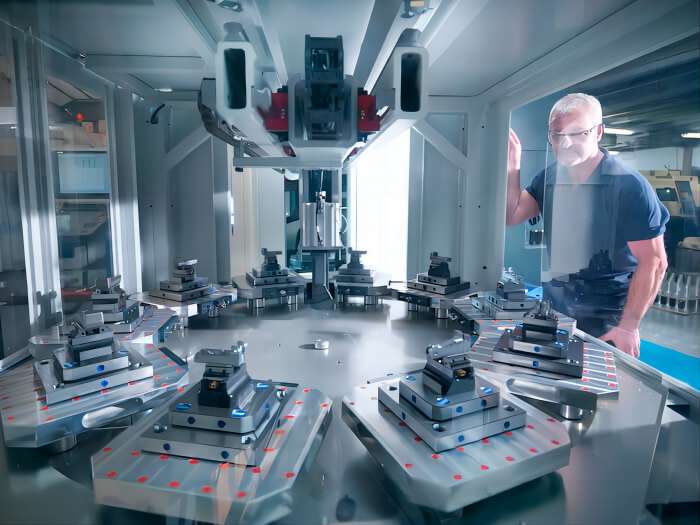
E. New Materials and CNC Machining Challenges
The continuous development of new materials with unique properties presents both challenges and opportunities for CNC machining. Here’s a closer look at this evolving landscape:
- Challenges: New materials like composite materials and high-strength alloys often present machining difficulties due to their complex structures, extreme hardness, or brittleness. Traditional machining techniques might not be suitable for these materials, requiring advanced CNC machining approaches.
- Advanced Techniques for New Materials: To overcome these challenges, CNC machining is evolving to incorporate specialized cutting tools made from advanced materials like diamond-coated inserts or cubic boron nitride for exceptional wear resistance. Additionally, optimized cutting parameters are crucial, with lower cutting speeds and higher feed rates often required to balance material removal with tool life and surface finish. High-precision CNC equipment with superior rigidity and vibration dampening capabilities are also necessary for the successful machining of these new materials.
The ability to adapt and handle a wider range of materials broadens the application scope of CNC machining. As new material science breakthroughs continue, advancements in CNC machining will follow suit, ensuring compatibility and efficient processing of these innovative materials for future manufacturing endeavors.
Specific Technical Details
A. High-Bending-Strength Wear-Resistant Silicon Nitride Ceramic Machining
Silicon nitride ceramics are a prime example of new materials with exceptional properties, including high wear resistance and bending strength. However, their machining presents challenges due to their extreme hardness and brittleness. Here’s how CNC machining tackles these challenges:
- Appropriate Cutting Tool Materials: Diamond-coated cutting tools or tools made from cubic boron nitride are often necessary to achieve sufficient wear resistance and overcome the hardness of silicon nitride ceramics.
- Optimized Cutting Parameters: Lower cutting speeds are crucial to prevent excessive tool wear and potential chipping of the ceramic workpiece. Conversely, higher feed rates can be employed to maintain machining efficiency. Careful optimization of these parameters is essential for successful machining.
- High-Precision CNC Equipment: CNC machines with high rigidity and effective vibration dampening capabilities are necessary to maintain tool stability and prevent micro-fractures during the machining process.
By implementing these techniques, CNC machining can effectively process high-performance silicon nitride ceramics, unlocking their potential for various applications in wear-resistant components, high-temperature environments, and demanding engineering projects.
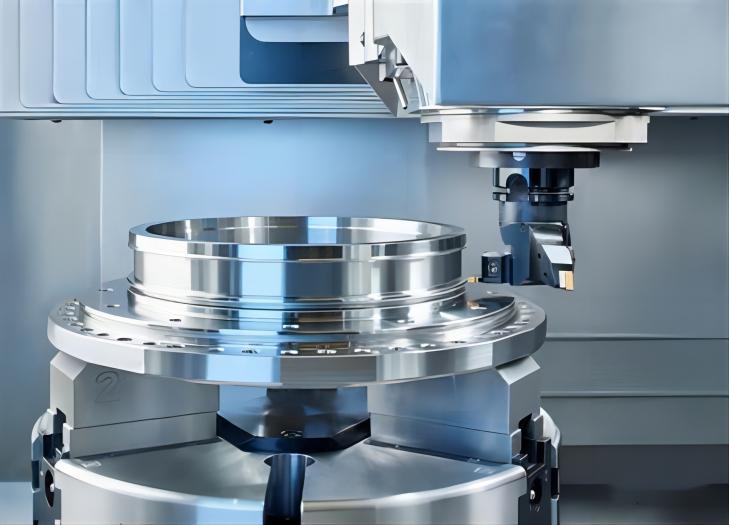
B. CNC Machining and Programming Technology
The advancements in computer technology have significantly impacted CNC machining and programming. Here’s how:
- Computer-Aided Design (CAD) and Computer-Aided Manufacturing (CAM): The integration of CAD software for designing complex parts and CAM software for generating CNC toolpaths has streamlined the entire manufacturing process. This allows for efficient programming of CNC machines, ensuring accurate and optimized machining operations.
- High-Speed, High-Precision Machining: Modern CNC machines boast faster processing speeds and improved motion control systems. This enables high-precision machining of intricate geometries and facilitates faster production times for complex parts.
- Intelligent Optimization Algorithms and Adaptive Control Systems: Advanced software incorporates optimization algorithms to generate efficient toolpaths that minimize machining time and material waste. Additionally, adaptive control systems can adjust machining parameters based on real-time sensor data, further optimizing the process for specific materials and workpiece geometries.
These advancements ensure precise and efficient CNC machining operations, allowing manufacturers to translate complex designs into reality with exceptional accuracy and speed.
C. Process Planning for CNC Machining
Effective process planning is crucial for successful CNC machining. This involves several key steps:
- Part Analysis and Feature Identification: The first step involves thoroughly analyzing the part design to identify its features, dimensions, and tolerance requirements.
- Tool Selection and Path Planning: Based on the part analysis, appropriate cutting tools are selected, and toolpaths are meticulously planned to ensure efficient machining of all features while maintaining desired precision.
- Parameter Optimization and Simulation: Cutting parameters such as speed, feed rate, and depth of cut are optimized to achieve the desired balance between machining efficiency, surface finish, and tool life. Simulation software can be used to visualize the toolpath and identify potential issues before actual machining begins.
- NC Code Generation and Verification: Finally, CNC code, a set of instructions for the machine, is generated based on the optimized toolpath and parameters. This code undergoes rigorous verification to ensure its accuracy and prevent errors during machining.
Through meticulous process planning, manufacturers can guarantee efficient and error-free CNC machining operations, leading to high-quality parts that meet all design specifications.
D. Integrated Teaching Model for CNC Machining
The traditional approach to teaching CNC machining often relied solely on theoretical knowledge. However, a new integrated teaching model is gaining traction:
- Combining Theory and Practice: This model emphasizes a balanced approach, combining theoretical knowledge of CNC principles, programming concepts, and machine operation with hands-on practical experience. Students gain a deeper understanding of the subject matter by actively participating in CNC machining projects.
- Enhanced Student Engagement: The integrated model fosters a more engaging learning environment, as students can directly apply their theoretical knowledge in a practical setting. This improves their problem-solving skills, critical thinking abilities, and overall understanding of CNC machining processes.
- Preparing for Industry Requirements: By integrating practical training with theoretical knowledge, this model equips students with the necessary skills to excel in the industry. They graduate with the ability to operate CNC machines confidently, troubleshoot potential issues, and contribute effectively to real-world manufacturing projects.
The integrated teaching model prepares future generations of CNC machinists with a comprehensive skillset, ensuring a skilled workforce for the ever-evolving field of CNC machining.
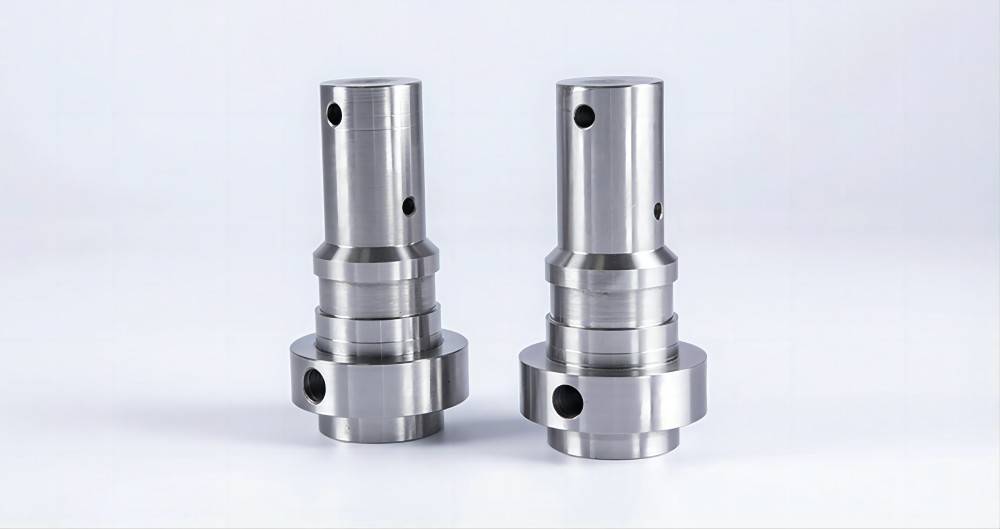
Conclusion
The advancements in CNC machining technology have demonstrably revolutionized the manufacturing landscape. Automation advancements streamline production processes, while innovative applications expand the reach of CNC machining into high-precision industries. Data-driven and intelligent manufacturing with CNC empowers data-driven decision-making and intelligent process optimization. The ability to handle new materials further broadens the application scope of CNC machining, fostering innovation in material science and engineering. These breakthroughs collectively contribute to increased efficiency, enhanced precision, and improved product quality in the manufacturing sector.
Looking ahead, the future of CNC machining is bright. Continued advancements in technology and applications are expected, with CNC playing a pivotal role in smart manufacturing and the realization of Industry 4.0. As CNC machining technology embraces new frontiers, it will undoubtedly remain a cornerstone of a robust and innovative manufacturing industry.

